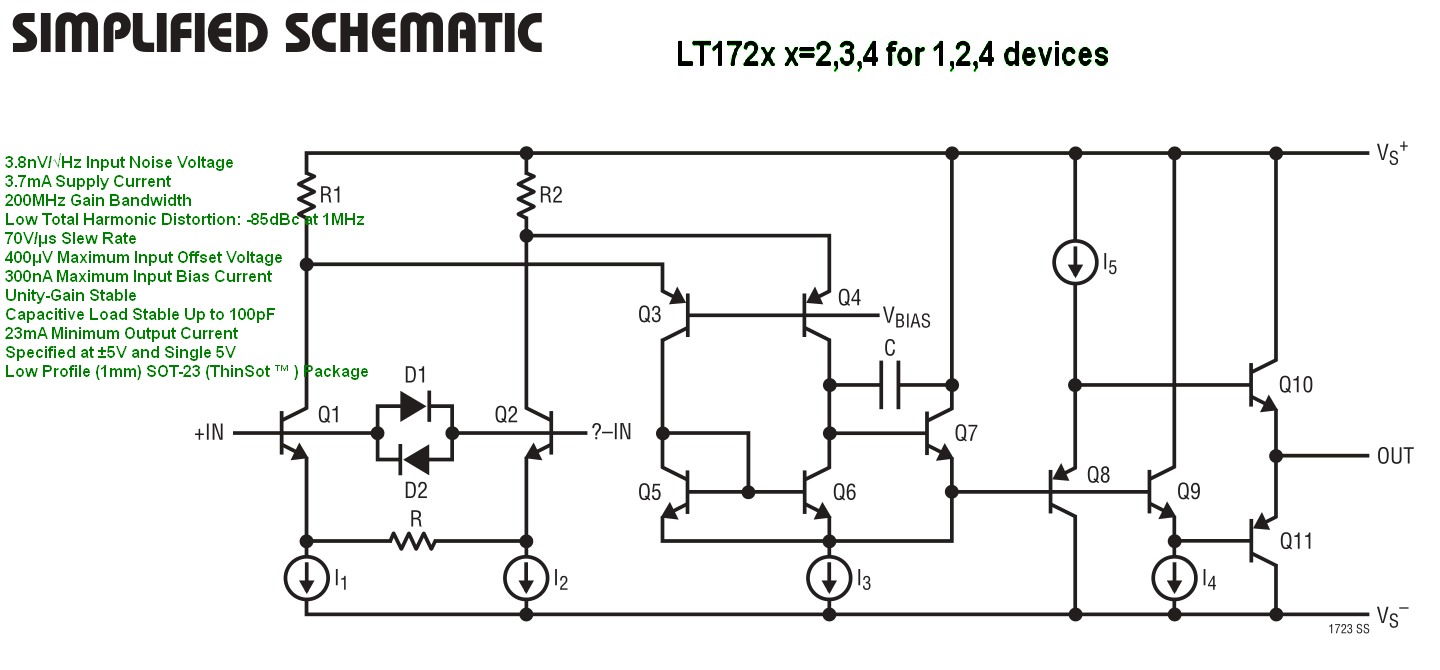ananthesh bhat
Junior Member level 3
Hello All,
I'm designing a Sallen-Key low pass filter with a cut-off frequency as 10MHz. For this filter, I'm designing an OPAMP which is single stage folded cascode (as folded cascode is preferred for the unity gain configuration and I need this unity gain configuration for the Sallen-key).
The problem with the Sallen-key topology is, for the higher frequencies the output impedance of the OPAMP tend to be significant in increasing the stop band signal strength, which is not desirable. So, I want to decide upon the buffer stage to cascade with my folded cascode stage to avoid the above mentioned problem. Is one common drain amplifier is sufficient to realize the buffer or are there any other topologies which will be of more benefits to have lower output impedance.
I'm designing a Sallen-Key low pass filter with a cut-off frequency as 10MHz. For this filter, I'm designing an OPAMP which is single stage folded cascode (as folded cascode is preferred for the unity gain configuration and I need this unity gain configuration for the Sallen-key).
The problem with the Sallen-key topology is, for the higher frequencies the output impedance of the OPAMP tend to be significant in increasing the stop band signal strength, which is not desirable. So, I want to decide upon the buffer stage to cascade with my folded cascode stage to avoid the above mentioned problem. Is one common drain amplifier is sufficient to realize the buffer or are there any other topologies which will be of more benefits to have lower output impedance.


